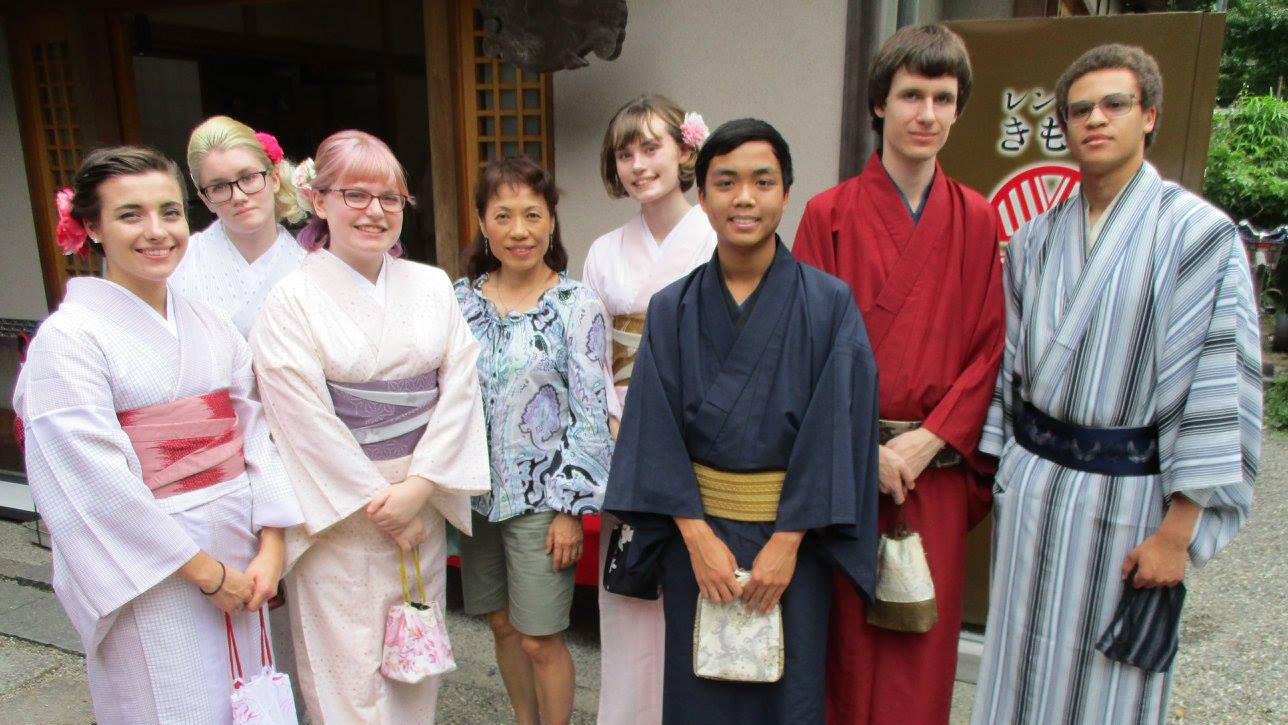Japanese Architecture and Living Spaces
This program introduces you to Japanese architecture, environmental design, and living spaces through ages and diverse places in Japan. You will study how Japanese people gave birth to some core cultural concepts and values such as “Ma (unique spatiotemporal concept of space)” and aesthetics of shadows while You built diverse buildings, e.g., Shinto shrines, Buddhist temples, imperial villas, Samurai castles, and tea-ceremony rooms, designed Zen dry gardens and Samurai Lord stroll gardens, created accommodating places from traditional Japanese-style Ryokan inn to modern hotel and contemporary capsule hotel. You will also study, while eating, how Japanese people utilized those core cultural concepts and values to design dining accommodations from standing noodle shop, traditional tatami-mat-sitting Kaiseki Ryori, Family Restaurant where one can order anything, to Japanese pub Izakaya, maid café, owl cafe as well as futuristic robot restaurant. You further study living spaces, while visiting, from the ancient two-thousand-year-old first major wet-rice cultivating dwellings through imperial, aristocratic, samurai warrior, modern, and contemporary houses using the same concepts and values. While visiting and gazing, you also study exhibiting spaces from art museums to Ghibli Museum featuring Japanese anime characters and the hippest place such as trendy Harajuku, Shibuya, and the Japanese popular culture mecca, Akihabara to observe with what common and different space principles they are developed.
